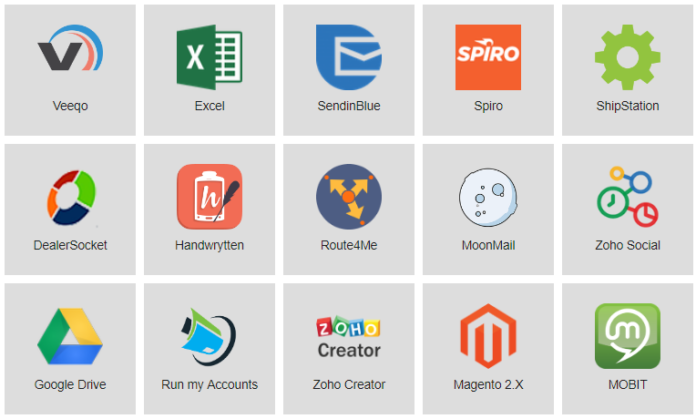One common trend that all media buyers experience while scaling their campaigns is that the ROAS starts declining as we increase the budgets. How do you deal with that?
FB has updated its CRM and autoresponder integration for lead gen campaigns, so should we get rid of Zapier?
Let’s look at some scaling strategies first.
Spend increases, ROAS decreases: What to do?
How do you make sure that you maintain your ROAS while scaling your campaigns? Depesh Mandalia shared 7 tips to help you with this.
These are no secrets or hacks. Instead, you should focus on getting your foundations right. Let’s take a closer look.
Audience Ad Fatigue: While scaling your campaigns, your audience is bound to be saturated. Most of them have been seeing your ads for a while, so you need to make sure you’re refreshing your ad creatives frequently.
Depesh said that when he scaled to $200K per day, he used to refresh his ads a few times every day.
However, it’s more about your reach. Which means if you have an ad set with a reach of only 20 percent of the whole audience you’re targeting, the majority of your target audience hasn’t even seen your ads.
In that case, you might not need to refresh your ads. If the frequency starts to increase, you might want to consider doing that, though.
Creative Fatigue: Essentially a follow on to the point we discussed above. In order to be able to refresh your creatives frequently, you have to be equipped with an efficient process.
Depesh has an automated system for this where he uses $10-$50 ad sets to just churn out new ads and keep testing them. The automated rules decide whether an ad is ready to scale or to be cut.
When you are scaling, this testing needs to be a 24/7 process.
Ad black holes: This part is about optimizing your ad sets on a regular basis. Using the average metrics of your ad sets, you should be killing or replacing the underperforming ones.
This ensures you have the best ads when scaling and you don’t let bad ads bring your performance down.
One Track Scaling: Use vertical and horizontal scaling. Vertical scaling is done by increasing the budgets, preferably by 20 percent per day. Horizontal scaling, on the other hand, is done by duplicating the ad sets.
Horizontal scaling is a faster way to scale, especially if you test more segments (split by platform, device, age etc) and campaign objectives.
LLA risk and reward: Broaden lookalike audiences from 1 to 5%, and you can even go up to 10% while scaling. Keep in mind that you have to adapt your ad creatives for each audience, as a 1% lookalike will be closer to your ideal customer than a 5% lookalike.
Larger audiences generally give more scope for scaling and you can keep cutting the underperforming ones.
Funnels: Scale and optimize all your funnel audiences, such as cold, warm and hot audiences. But here’s the catch – when you scale your cold audience campaigns, it automatically means you have to add more budgets to your retargeting campaigns.
Automation: Use FB’s built-in tools or 3rd party tools to automate the process. At the very least use these tools to alert you. For example, if you observe that CPA is beyond your cap for an ad, pause and replace it automatically.
It’s nearly impossible to scale your campaigns and manage everything manually on your own. You might have to consider scaling your staff as well.
Here is Depesh’s post on this to take your forward with more insights.
Setup CRM for lead gen campaigns within FB
If you are running lead gen campaigns, you already know the importance of the CRM integration used to alert you about receiving new leads and collating all your leads in one place.
Most of us use Zapier for managing the RCM integrations. However, now it looks like FB Ads Manager will prompt you to automatically connect your CRM, without needing Zapier integration.
They have added integrations with almost every major CRM and autoresponder out there. Here’s the updated list from Facebook.
We’ve not yet tested this for ourselves, so we can’t be certain about its efficiency and performance. That’s why most of us rely on Zapier for this.
However, it doesn’t hurt to test it out and see if FB’s built-in integration works as well as Zapier does. There’s no reason it can’t!

